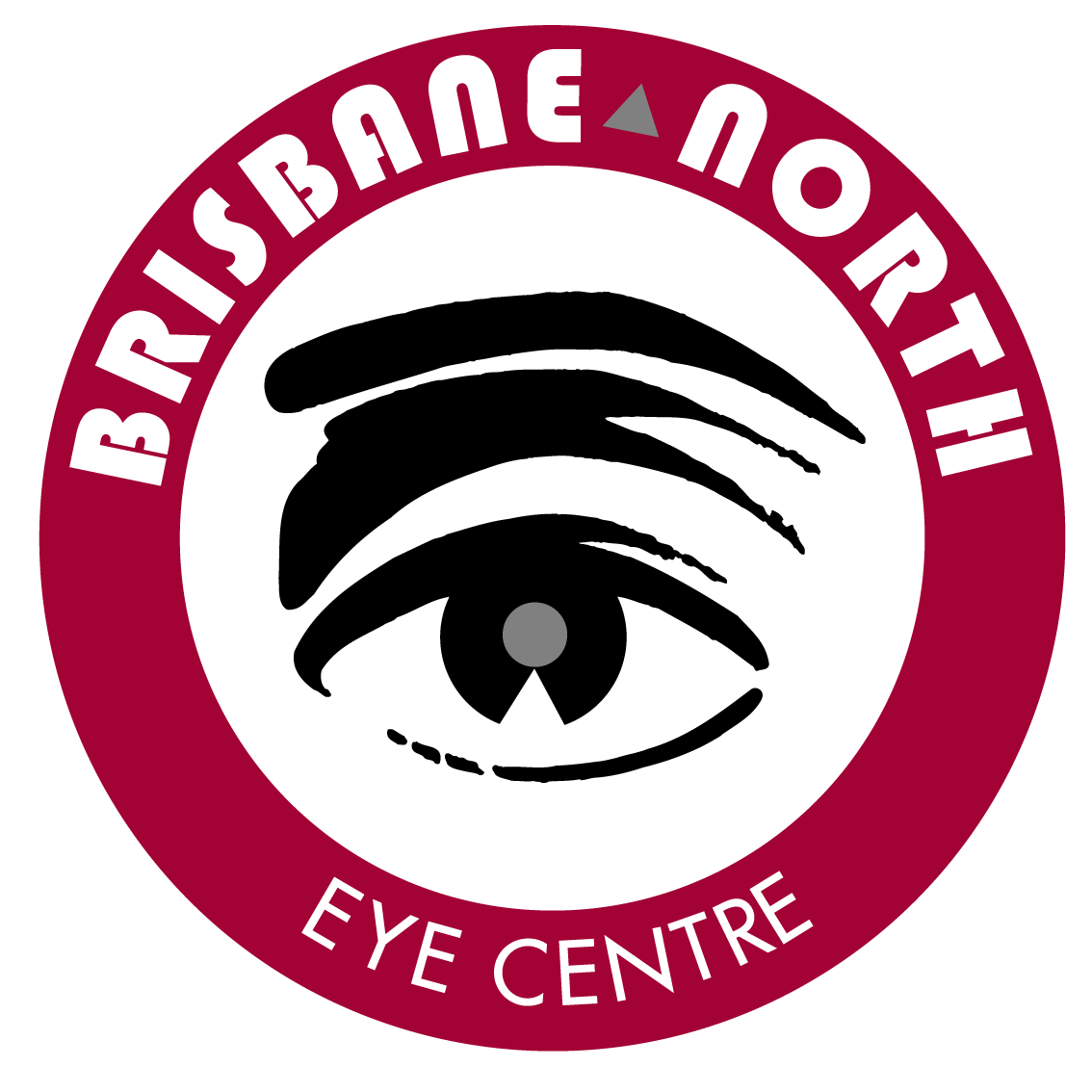Disorders
of the Cornea
The cornea is the transparent refractive surface at the front of the eye. Disorders of this area of the eye are many and varied, and some are explained below.
Keratoconus

Keratoconus is a condition in which the curvature of the cornea is distorted by an abnormal thinning of its central and inferior areas. It usually starts around puberty and progresses slowly thereafter. Both eyes are involved in 85% of cases although the severity of involvement may be extremely asymmetrical.
Vision can usually be corrected with spectacles but, as the disease progresses, better vision clarity can be achieved with contact lenses.
In progressive cases, a procedure called Riboflavin Crosslinking should be considered in an attempt to stabilise this condition.
In advanced cases, corneal graft surgery can be performed, usually with high success. This surgery involves transplanting a donor cornea onto the keratoconic eye.
Microbial Keratitis
Microbial keratitis is an infection of the cornea which can occur with or without contact lens wear. The signs and symptoms are a sore, red, light-sensitive eye, blurry vision and mucousy discharge. A bacterial ulcer requires urgent treatment as it is a sight-threatening condition.
Treatment involves intensive use of antibiotic eye drops.
Viral Keratitis
Herpetic infection of the cornea is extremely common in the adult population. The signs and symptoms of this condition are a mildly red, uncomfortable and watery eye.
Treatment involves topical anti-viral eye ointment, anti-inflammatories and lubricants. Sometimes oral anti-virals are required to get the condition under control. Herpetic eye problems can reoccur and recurrent infection poses a threat to sight.
Dry Eye
This is a very common condition which results in the eyes feeling gritty and irritated. It can cause vision to become blurry and variable, especially while reading. The eyes may simply not produce enough tears due to dysfunction of the lacrimal gland, or the eyes may be very watery as the tears are not in the correct balance. The tear film is made of 3 layers: mucous, aqueous and lipid; if one of these layers is not being produced properly the result will be dry eye.
Treatment options include tear supplements or lubricants, punctal plugs (to prevent the tears draining away), dietary supplements and, in very severe cases, night-time taping of eye lids can help.
